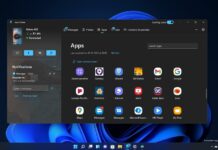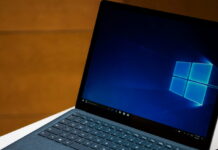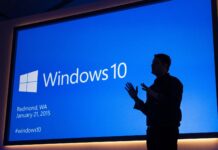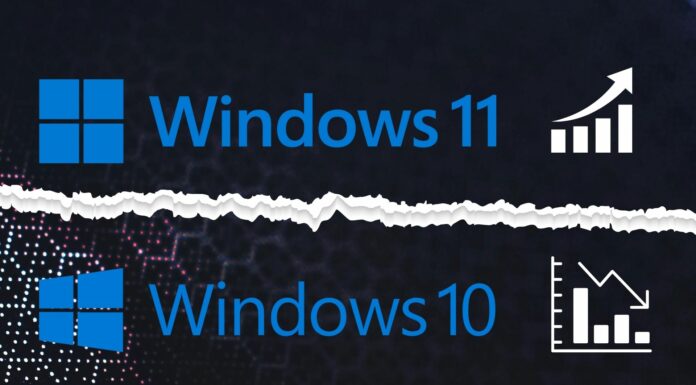Microsoft is killing off several legacy features and services in a future release of Windows 11, and the list is huge. It includes big names like WordPad, Steps Recorder (psr.exe), and Windows Driver Verifier GUI. Microsoft has quietly confirmed that it’s also killing off the Driver Verifier GUI (verifiergui.exe), but it will remain available via the command line.
In an update to the support document, Microsoft confirmed that it would remove the GUI (verifiergui.exe) in a future release of Windows. It’s unclear if the interface to access Driver Verify is going away with Windows 11 24H2, but I don’t think that is the case because the app still exists in the near-final preview builds.
You can still use the driver verifier feature through the command line, but remember that the command syntax isn’t easy for everyone to understand.

As shown in the screenshot above, the GUI offers several advanced features, such as creating standard settings, custom settings for developers, deleting existing settings, displaying current settings, and showing information about verified drivers.
When driver verifier GUI will be removed in the next Windows Update, you will need to use command-line commands, such as verifier /standard to create standard settings and verifier /reset to delete settings.
Windows Driver Verifier isn’t a mainstream tool. You have probably never used the app, but in the past, people relied on the driver verifier app to reset driver settings and patch Blue Screen of Death errors when playing games like Fortnite.
More legacy features going away: psr.exe (Steps Recorder), Defender Application Guard for Edge
Driver Verifier GUI isn’t the only feature being depreciated this year.
Microsoft is killing off several tools, including the Windows 7-era Steps Recorder, which allows you to record the screen. While the app was originally developed for troubleshooting purposes, people have been using Steps Recorder as a lightweight screen recording tool on Windows.
 As you can see in the screenshot above, Windows 11 24H2 phases out the Steps Recorder app and urges everyone to explore alternatives like the Clipchamp web app and Snipping Tool, which includes a built-in screen recorder.
As you can see in the screenshot above, Windows 11 24H2 phases out the Steps Recorder app and urges everyone to explore alternatives like the Clipchamp web app and Snipping Tool, which includes a built-in screen recorder.
Similarly, Windows 11 24H2 also removes WordPad and encourages everyone to use NotePad or MS Word.
Here’s the full list of apps and services depreciated in the last six months:
- NTLM: All versions of NTLM are deprecated. Use Negotiate instead, which defaults to Kerberos and falls back to NTLM. (June 2024).
- NPLogonNotify and NPPasswordChangeNotify APIs: Disabled by default for security reasons in Windows 11, version 24H2. May be removed later. (March 2024).
- NLS server authentication certificates with RSA keys < 2048 bits**: Deprecated. RSA keys must be 2048 bits or longer for TLS server authentication. (March 2024)
- Test Base for Microsoft 365: Deprecated Azure cloud service for app testing. Will be retired and unusable after deactivation. (March 2024)
- Windows Mixed Reality: Deprecated and removed in Windows 11, version 24H2. Will work with Steam until November 2026. Does not affect HoloLens. (December 2023)
- Microsoft Defender Application Guard for Edge: Deprecated and will no longer be updated. No migration to Edgemanifest V3. Affects Chrome and Firefox extensions. (December 2023)
- Legacy Console Mode: Deprecated and will not be updated. Available as an optional feature if needed. (December 2023)
- Windows Speech Recognition: Deprecated and replaced by Speech Access, supporting five English locales. (Date not specified)
Microsoft has no plans to publish these retired apps to the Windows Store, so you’ll need to manually save a copy of the legacy apps (including their executables) to keep using them in Windows 11.





















